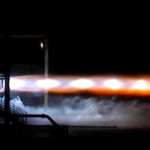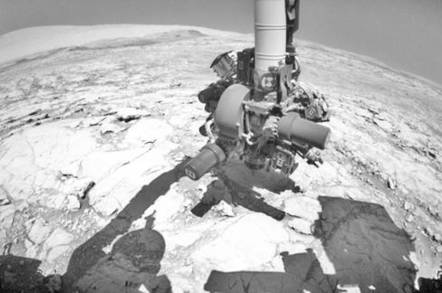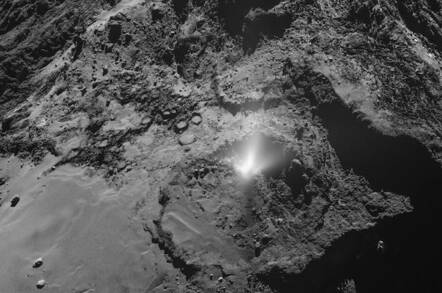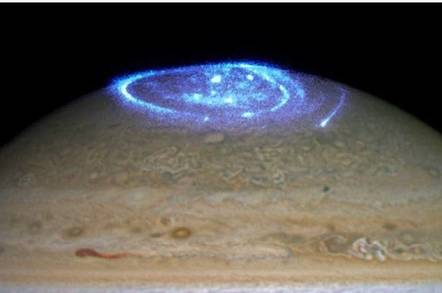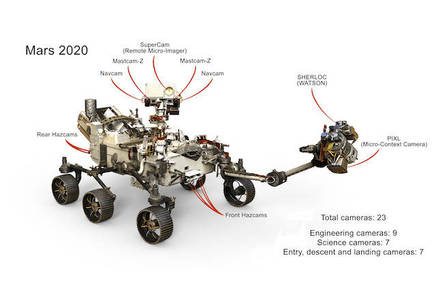- Joined
- Apr 1, 2005
- Messages
- 2,030
- Reaction score
- 2,719
While we're on the topic of the Moon, this popped into my inbox the other day...
Ancient Moon Had Atmosphere Made of Volcano Smoke
"Roughly 3.5 billion years ago huge volcanoes released enough gas to cover the Moon with a thin atmosphere that was visible from Earth."
Ancient Moon Had Atmosphere Made of Volcano Smoke
"Roughly 3.5 billion years ago huge volcanoes released enough gas to cover the Moon with a thin atmosphere that was visible from Earth."


